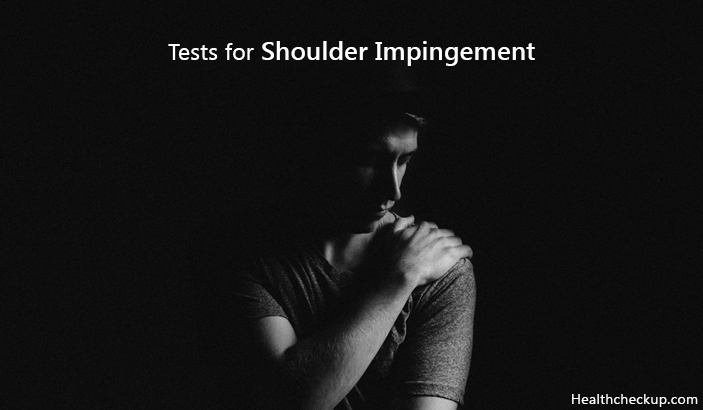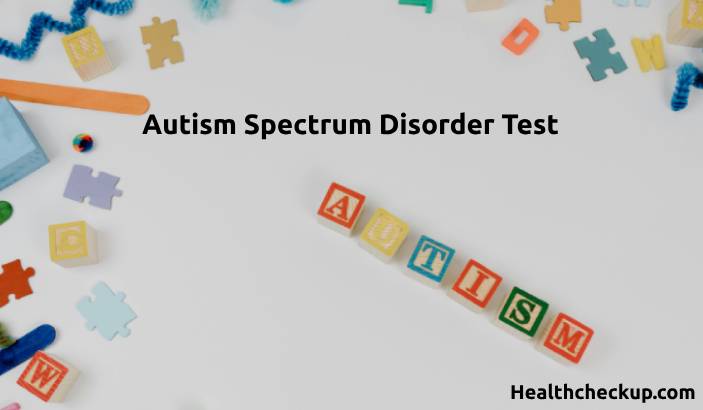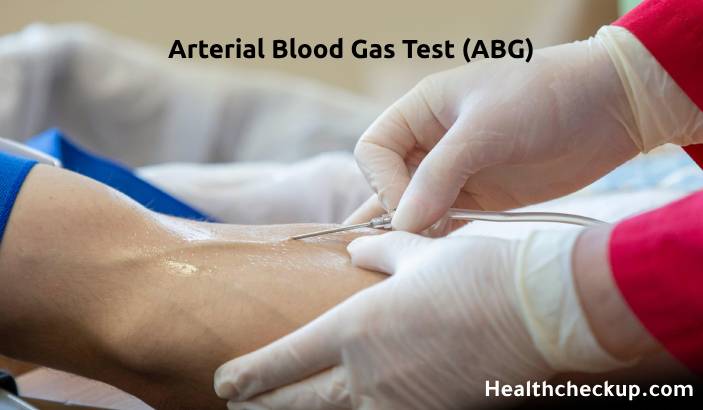Many of us have seldom suffered from shoulder pain. With the growing stress and lifestyle disorders, such shoulder pains can actually hinder our growth and peace. Shoulder Impingement has been found to be a prevalent cause of shoulder pain.
Shoulder Impingement Syndrome is actually defined as a condition where the rotator cuff tendons of the shoulders of an individual get trapped or compressed intermittently during shoulder movement. Such intermittent compression causes an injury to the bursa and the tendons of the shoulder which further results in pain generated from the movement of the shoulders.
Such pain or impingement [which is defined as the injury or impact on either rotator cuff tendon or bursa (it is the lubricating sack which helps in protecting the tendons from touching the bone while providing a smooth surface for the tendons to glide over) or both in some cases] can cause inflammation or swelling in the shoulder region which can aggravate the pain too. Therefore, it is recommended that the individual gets adequate tests for shoulder impingement and gets the requisite treatment in order to control such syndrome within time.
What Causes Shoulder Impingement?
Shoulder impingement is caused due to impingement of the tendons or the bursa in the shoulder from the bones of the shoulder.
- Such shoulder impingement is usually caused due to the repeated activity of the overhead region or the area above the shoulders. Such repeated activities include lifting, swimming, painting, and playing tennis or other overhead sports.
- Shoulder Impingement is a painful situation. In case the rotator cuff tendon experiences swelling and inflammation, this condition is known as Rotator Cuff Tendonitis. In case the bursa experiences inflammation, the condition is referred to as Shoulder Subacromial Bursitis. Shoulder Impingement can be a result of any one of such condition or both the conditions occurring together.
There can be various causes of Shoulder Impingement. However, the most common cause is any traumatic injury such as fall and repeated movement of the arm in the impingement zone caused due to such traumatic injury.
- In such a condition, movements on the overhead zone of the individual’s body can cause the rotator cuff of the shoulder to interact with the outer end of the shoulder blade, which is known as the acromion.
- When such a movement occurs repeatedly, the shoulder rotator cuff experiences pain which feels like being trapped or pinched under the acromion.
- Such Shoulder Impingement injuries can range from being mild tendon inflammation known as tendonitis, bursitis which is nothing but inflamed bursa, calcific tendonitis where there is bone formation within the tendon and can extend up to partial and/or full thickness rotator cuff tendon tears (This condition may require surgery).
Shoulder Impingement can cause persistent pain which in turn would affect the regular movements, such as reaching up overhead and reaching up behind the back, and activities of the individual. Such Shoulder Impingement syndrome should be treated timely in order to avoid thinning and tearing of the tendons.
Shoulder Impingement can cause primary rotator cuff impingement which essentially indicates a structural narrowing of the area. Secondary Rotator Cuff Impingement which can result in Dynamic Instability in the shoulder region.
Tests for Shoulder Impingement
Shoulder Impingement Syndrome requires adequate tests and diagnosis in order to ascertain and treat the syndrome from the root. Physiotherapists can diagnose the syndrome at their laboratories on the basis of ultrasound scans (at least associated injuries due to shoulder movements such as rotator cuff tears, shoulder bursitis, calcific tendonitis or shoulder tendinopathies).
Though there are various tests for detecting and diagnosing shoulder impingement (almost 11 of them), the most popular and special tests for shoulder impingement include
- Hawkins Test: This important test is commonly used to identify the possible subacromial impingement syndrome, especially around the shoulders. This test is considered to be positive in case of the patient experiences severe pain during internal rotation of the shoulder.
- Neer Test: In this particular test, the medical examiner tries to stabilize the scapula while elevating the shoulder of the individual passively. In this way, the medical examiner makes an effort to jam the humeral head into the acromion. This test is quite simple to conduct while the results are reliable. This test is usually used to examine the subacromial impingement around the shoulder region.
Internal Impingement in the shoulder region can also result in posterior shoulder pain, especially in cases of athletes involved in pitching or throwing movement. Such Posterior Shoulder Impingement should be ideally tested well in order to treat well and continue with the normal athletic routine.
Shoulder Impingement Treatment
Since it is easy to detect and diagnose shoulder impingement, even the treatment is easy and achievable in the case followed sincerely.
Shoulder impingement stretches are one of the options where an individual can cure shoulder impingement syndrome. Such stretches are known as Supraspinatus stretch. In order to do such stretches, the individual needs to place his/her hand on the lower back and use his/her other hand to pull the elbow forwards while keeping the hand on your lower back.
Such stretches seem to be effective only if the individual feels a gentle stretch at the back of his/her shoulder. The position should be held for 20 to 30 seconds and the process needs to be repeated at least five times assuming there is no pain while doing the stretches.
Cortisone Injections: At times, in severe cases of shoulder impingement, cortisone injections are administered. These corticosteroid injections are essentially anti-inflammatory medications which are basically used in relieving the initial pain in case the conservative methods have failed to reduce the pain and inflammation around the affected region.
However, since these are steroid injections, it is to assess the strength, flexibility, neck and thoracic spine involvement plus the scapulohumeral rhythm around the affected area once the pain subsides in order to ensure that shoulder impingement does not return once the corticosteroid injections have worn off its effect. These injections are especially administered in combination with the active treatment program and are especially useful in reducing the need of surgery for treating the syndrome.
Our shoulders bear the burden of our hectic schedules and thus even the minor shoulder pain should not be neglected at any given cost. Thus, suitable tests for shoulder impingement should be done as soon as possible so that the treatment schedule is not delayed any further.
Medically Reviewed By

Samarpita is a dedicated freelance writer with avid experience in the space of health, she specializes in topics related to diet, nutrition, immune-related diseases, detection and prevention of diseases and taking a natural route to cure such diseases.








